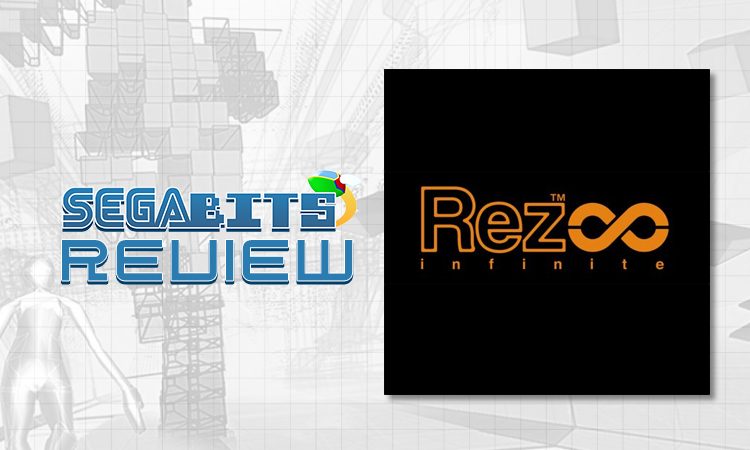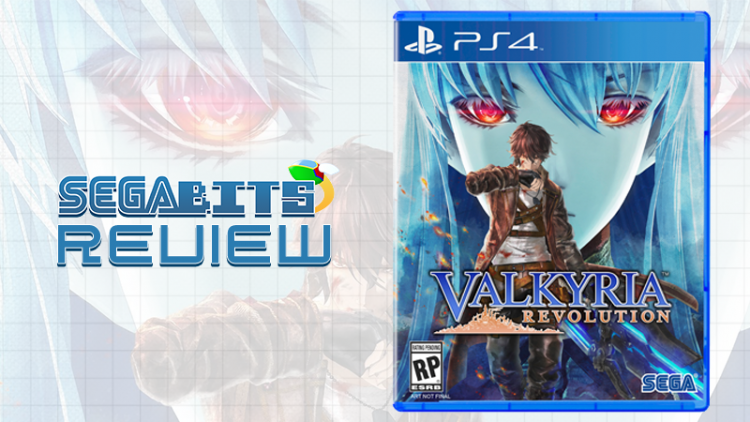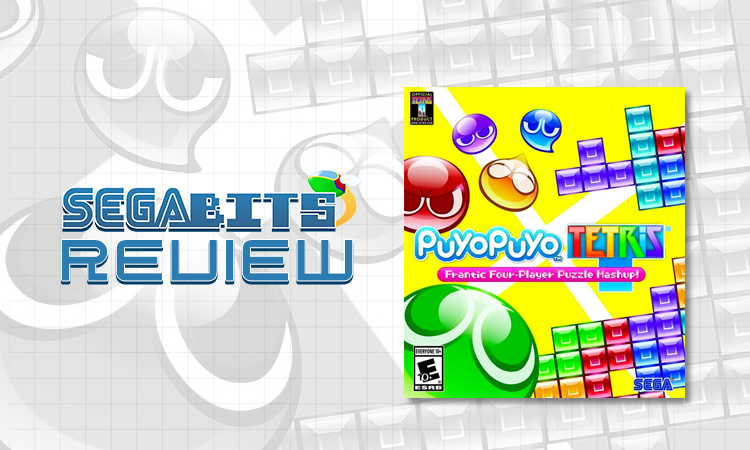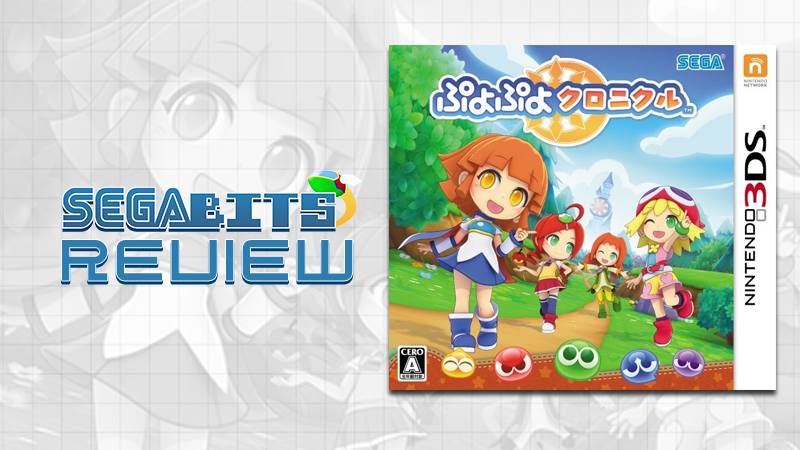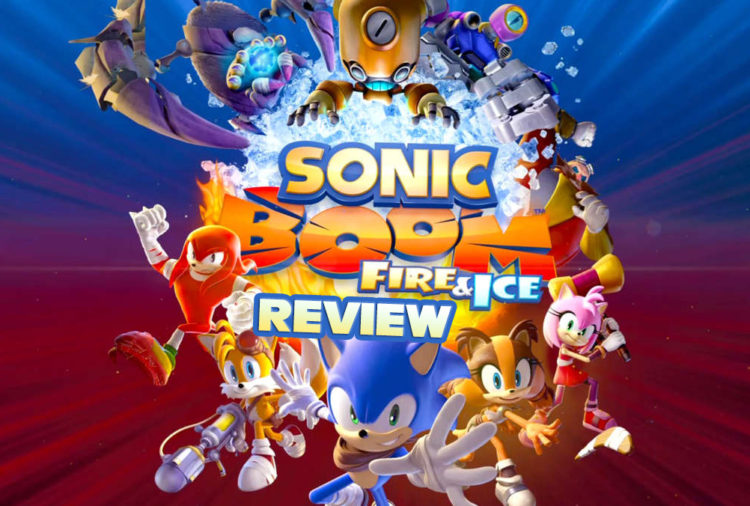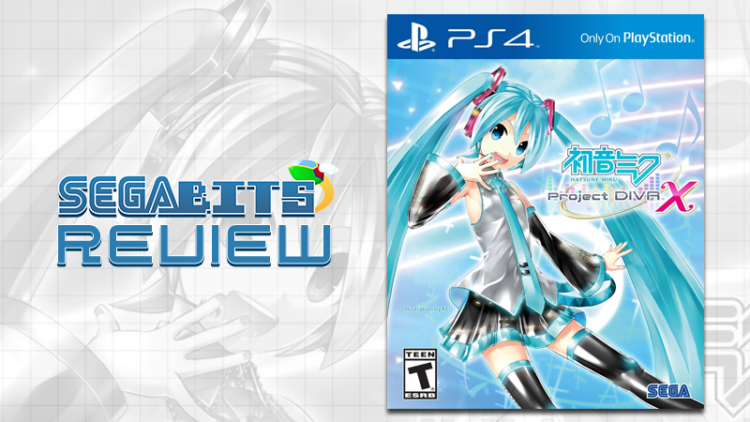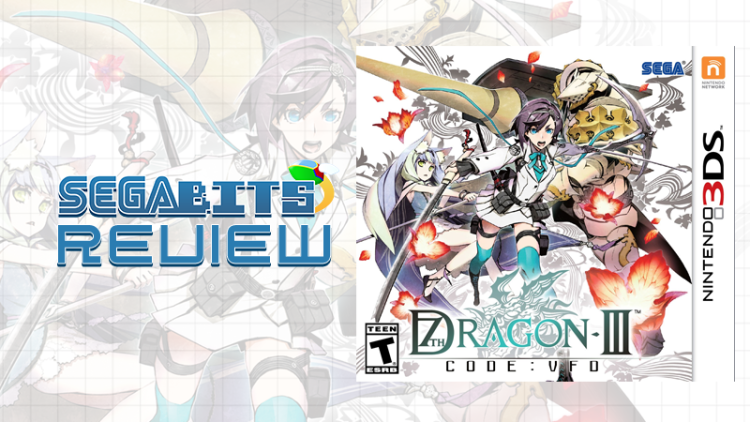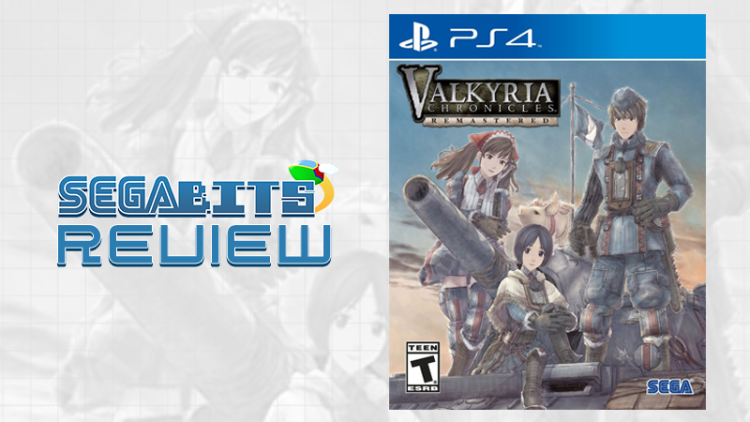Sonic Mania Plus Review – Worthy of an Encore (PS4, Xbox One, Switch, PC)
When I reviewed 2017’s Sonic Mania, I praised it as being the best 2D Sonic game in decades. Now, a year later, SEGA is releasing a new version of the game dubbed Sonic Mania Plus. This definitive edition answers fan demand for a physical release while adding gameplay tweaks, expanded multiplayer, a new mode and two additional playable characters. Typically a reviewer would take this moment to pose the question: “So does Sonic Mania stand up one year later and are the new additions worthy of a double dip or DLC download?”, but I’ll just let you know right now that the answers are “yes” and “yes”. Sonic Mania Plus is everything that made the original Sonic Mania great, and more.
If you’d like to read our initial review, click here. Everything said there applies here. After the break, read about the new additions and enhancements, as well as the contents of the physical release.

